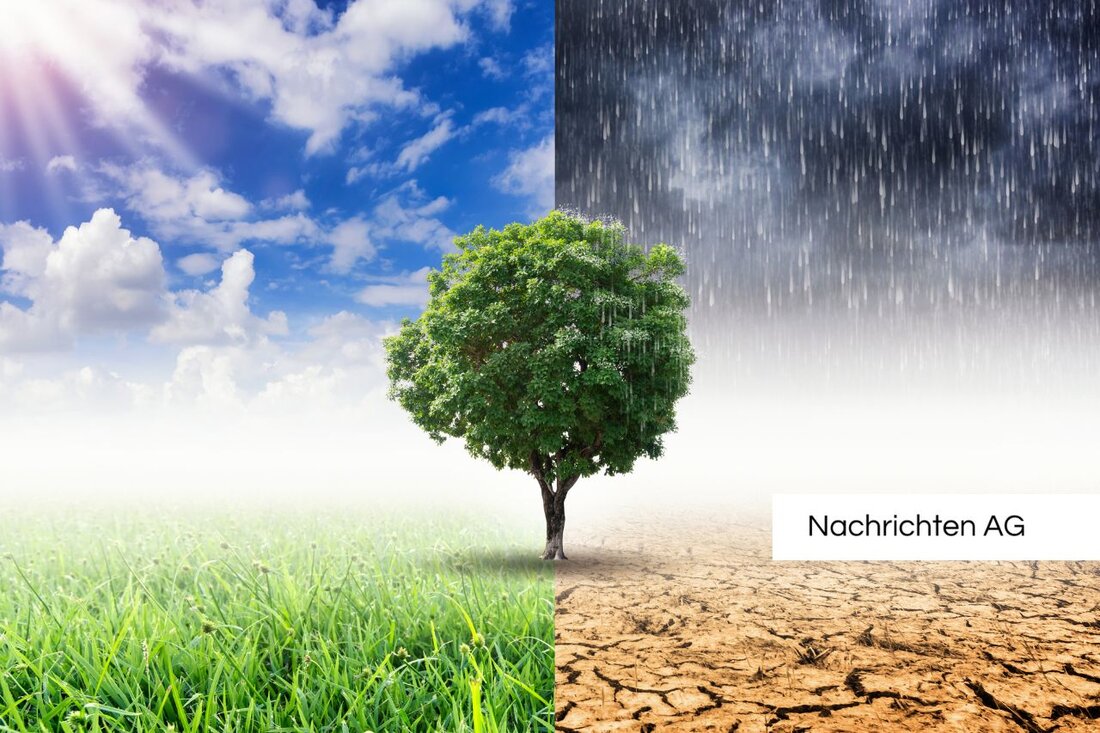Hurricane Melissa” threatens Jamaica: life-threatening floods expected!
Hurricane Melissa threatens Jamaica with winds of 120 km/h and warnings of catastrophic flooding.

Hurricane Melissa” threatens Jamaica: life-threatening floods expected!
Hurricane Melissa has strengthened significantly over the Caribbean and is reaching wind speeds of up to 120 km/h. The storm is moving northwest and is expected to become a major hurricane on Sunday. The weather situation has already led to a hurricane warning for Jamaica, where the government is urging the population to seek safety and follow authorities' instructions. The Prime Minister of Jamaica, Andrew Holness, emphasizes that today (October 25, 2025) it is better not to leave your own four walls.
Signs point to a threatening weather situation, with high risks of flooding and landslides on the island. The US Hurricane Center is issuing a strong warning about the life-threatening conditions the storm's arrival could bring. Heavy rains have already killed three people in neighboring countries such as Haiti, and one death has also been recorded in the Dominican Republic. The situation in the Caribbean is tense: almost 900 emergency shelters have been set up by the authorities, while the airport in Kingston is to be closed on Saturday evening to protect the population.
The effects of climate change
For experts, the increasing frequency of such natural events is no coincidence. Recent research shows that tropical storms in the Caribbean have been increasing over the past 5,700 years and that this trend is expected to continue to intensify in the 21st century, largely due to human-caused climate change. By studying sediments in the Great Blue Hole off Belize, scientists have found that the frequency of hurricanes and tropical storms has increased alarmingly.
Nine new storm patterns have been identified in the last 20 years, and projections suggest that up to 45 tropical storms and hurricanes are expected in the 21st century. Climate change, particularly through rising sea temperatures and increased La Niña effects, is seen as the main cause of this worrying development. These scientific findings make it clear that climate change is not only being felt in distant countries, but also in our region and that the number of hurricanes is increasing.
Memories of “Beryl”
Hurricane Beryl previously caused devastation in the Caribbean. There was also significant damage in St. Vincent and the Grenadines, where many houses were demolished. The storm has already resulted in numerous deaths and warnings for storm surges and landslides have been issued in the region. The hurricane will be remembered as the first and one of the most violent storms of the summer, with top speeds of up to 170 mph.
The developments surrounding “Melissa” and the challenges associated with it are a stark reminder of how important it is to be prepared for natural forces. In the face of the threat, the solidarity of neighboring states and the international community is evident. At this critical time, it is important to put people's safety first.
For more information on current developments in the Caribbean, visit the website North Sea newspaper, Deutschlandfunk and Ingenieur.de.

 Suche
Suche
 Mein Konto
Mein Konto